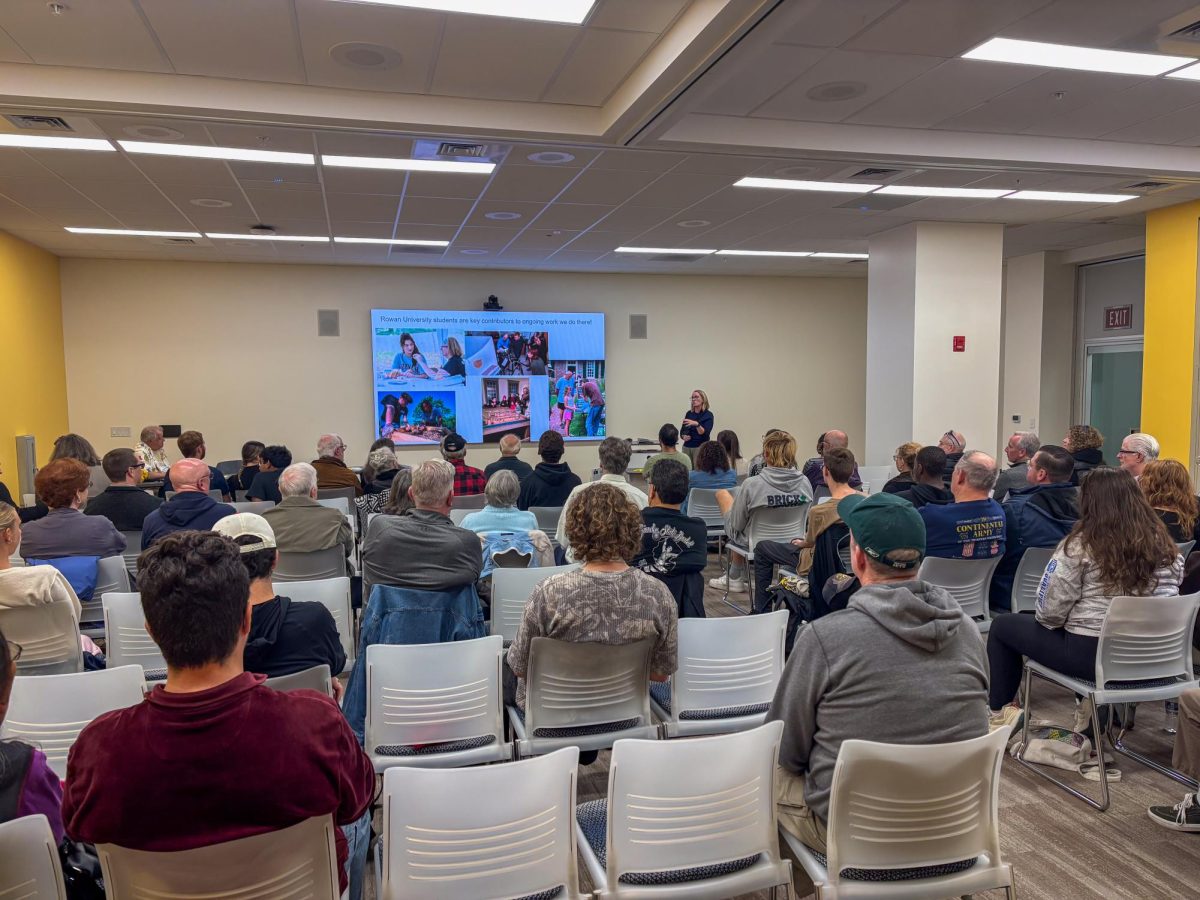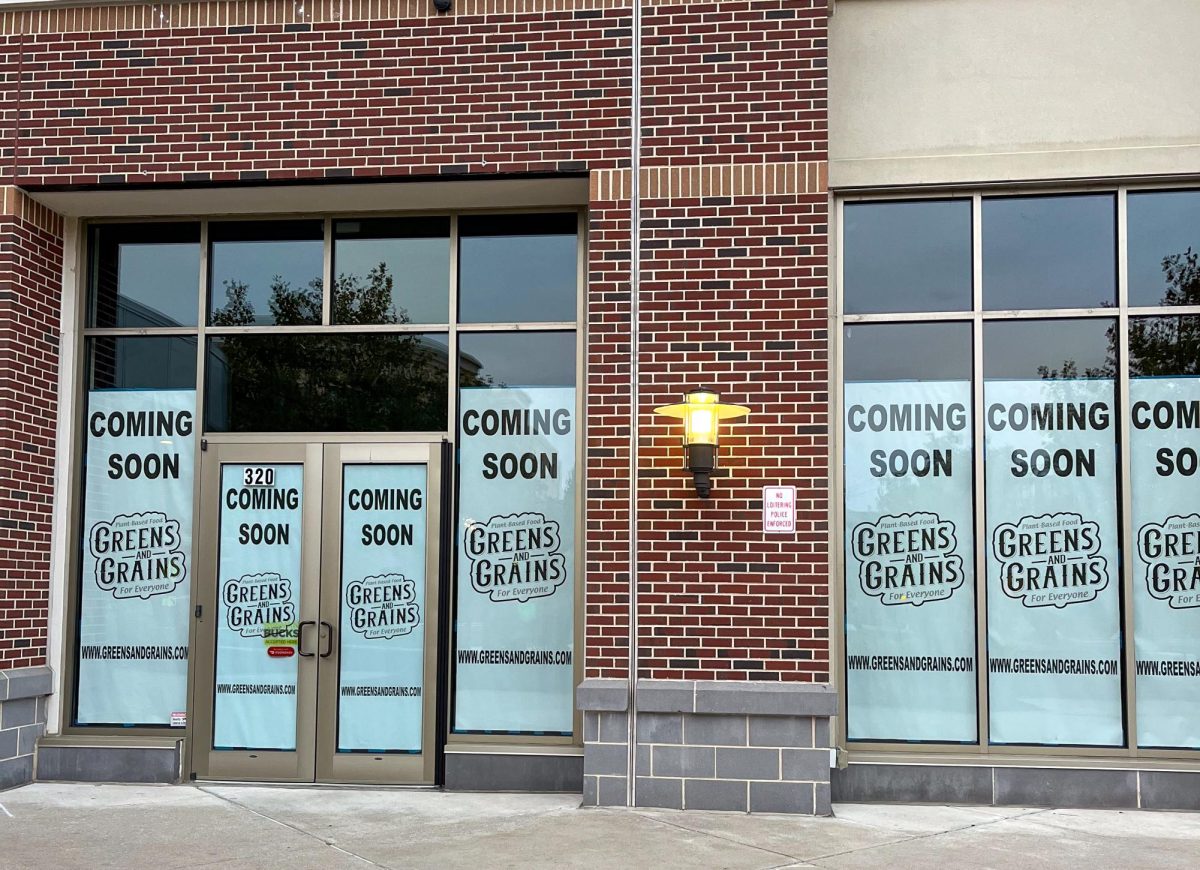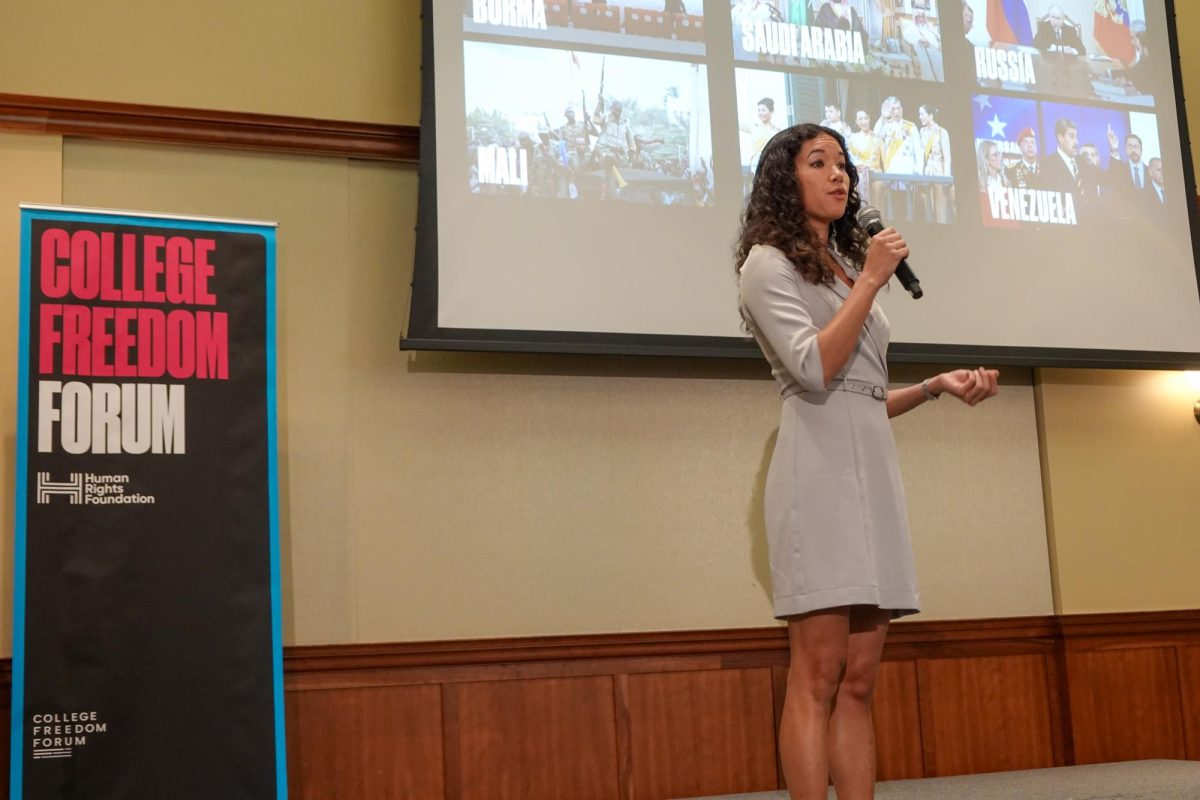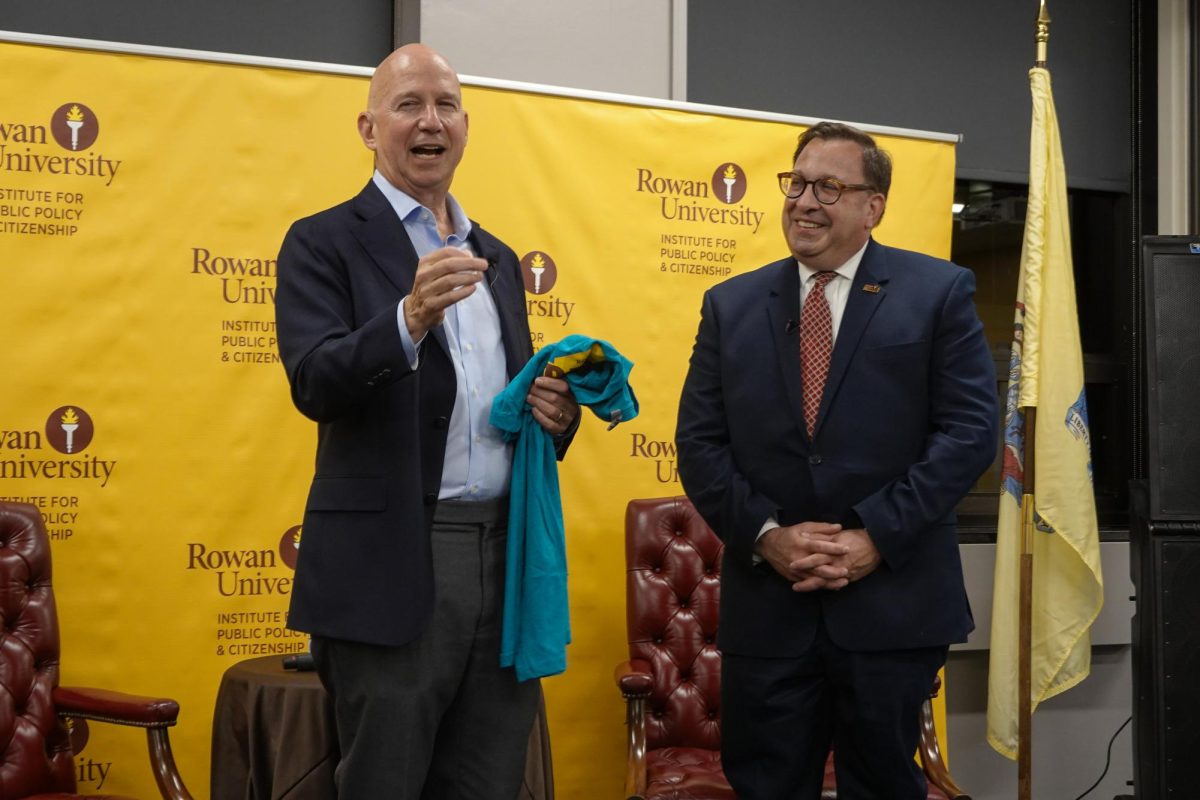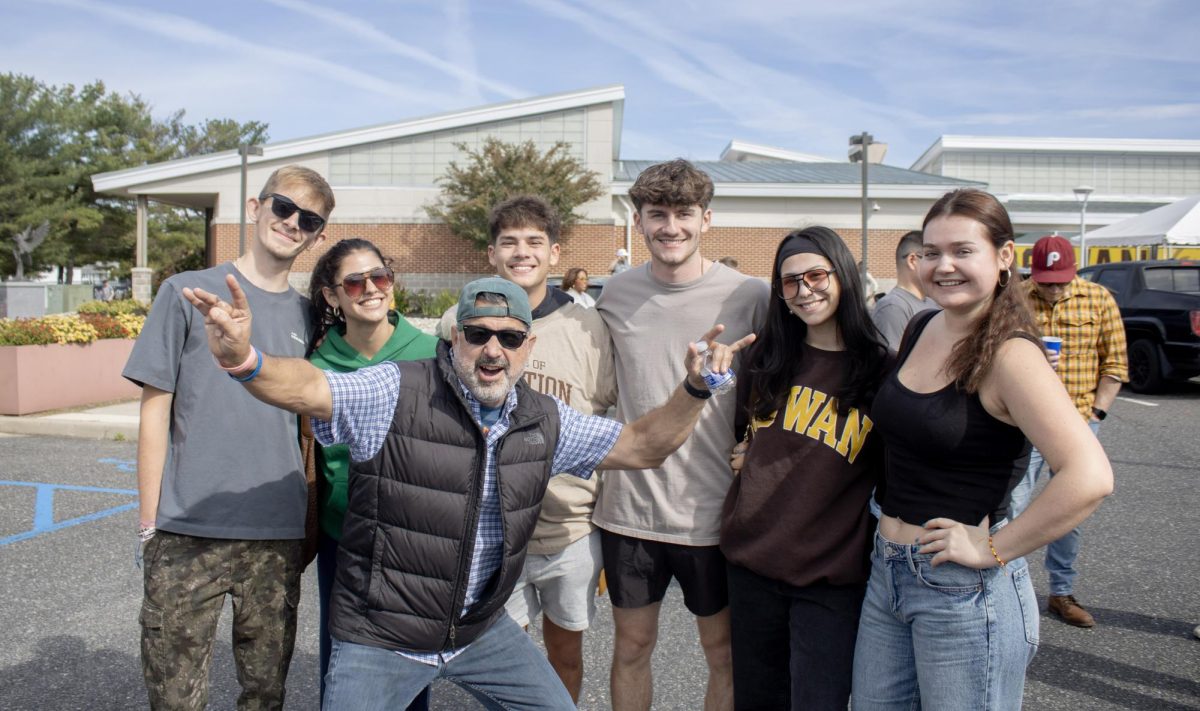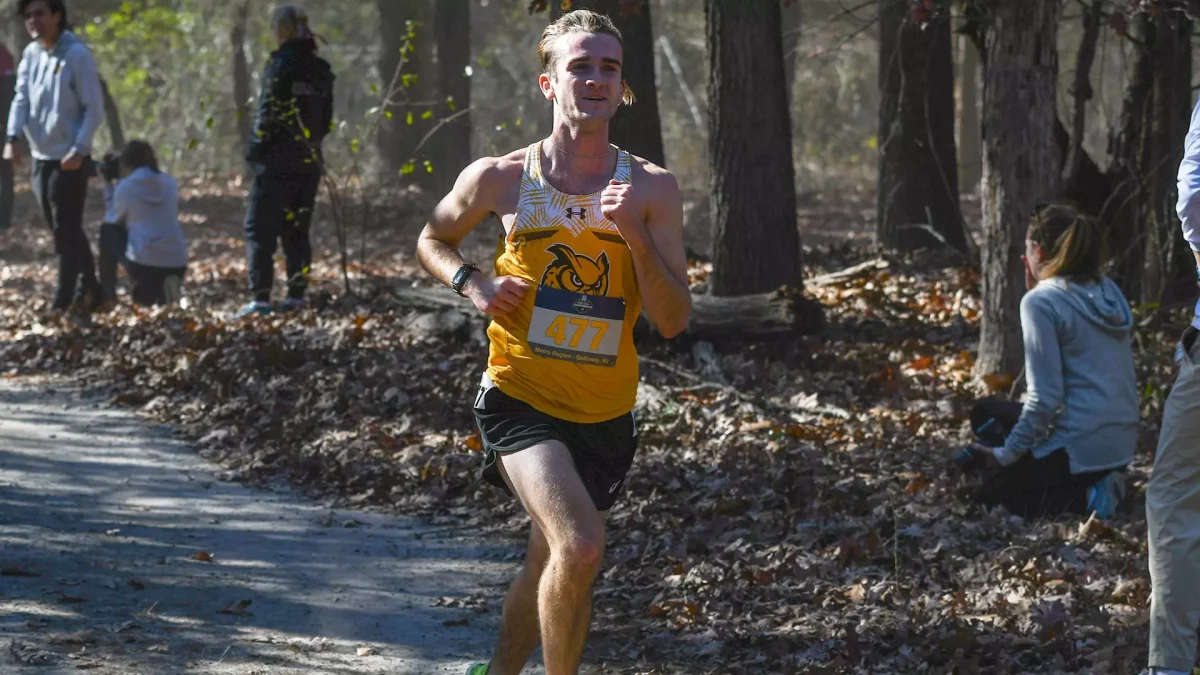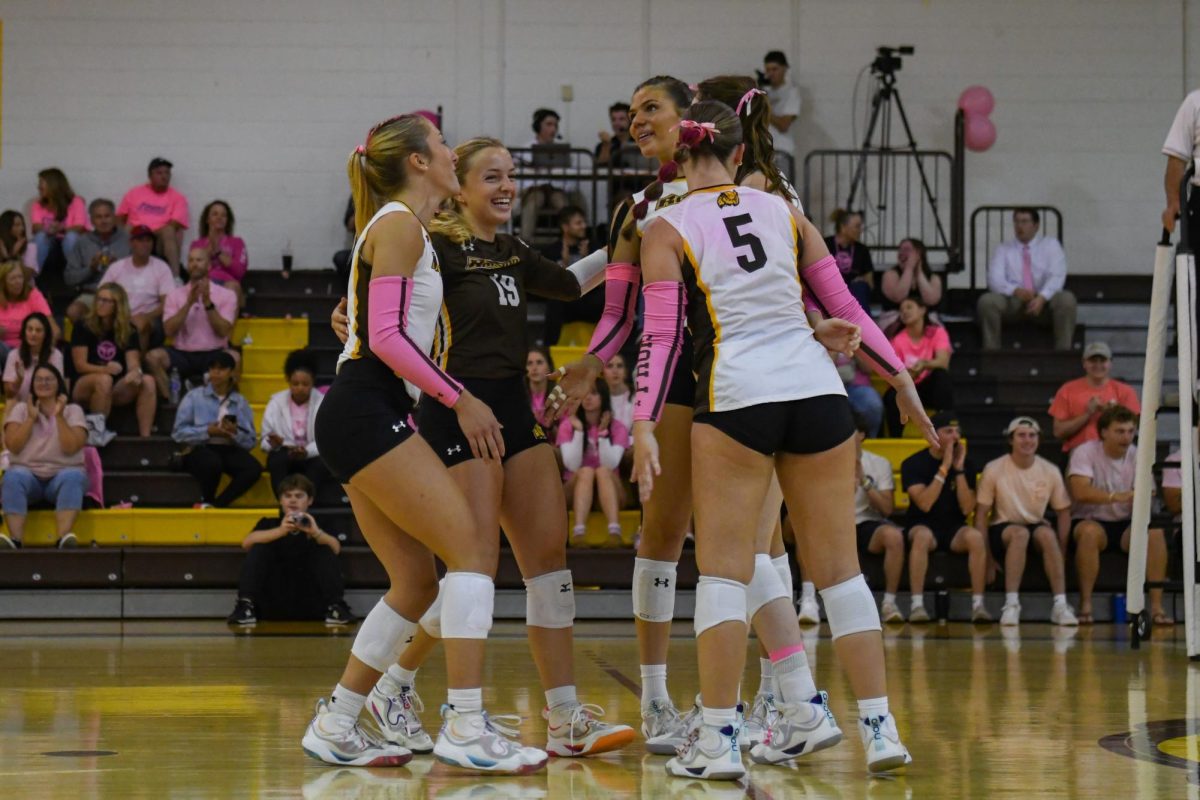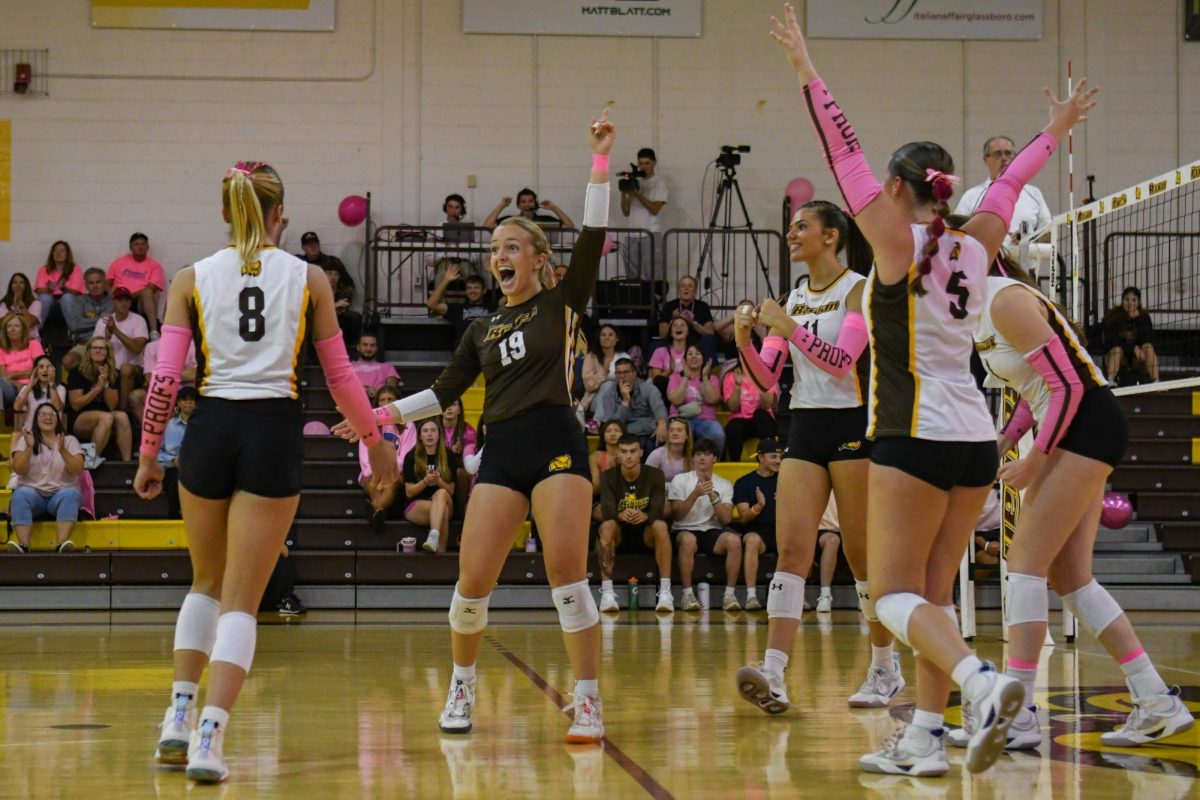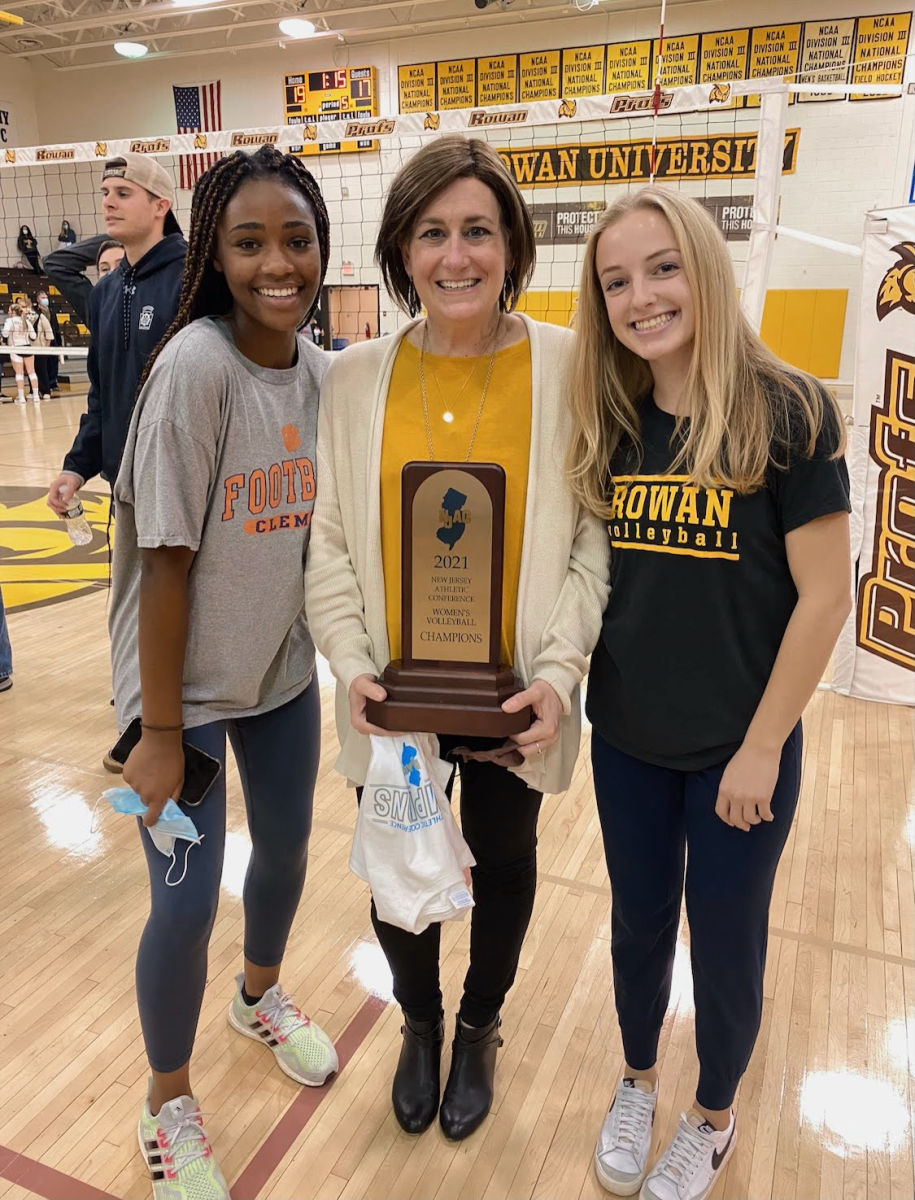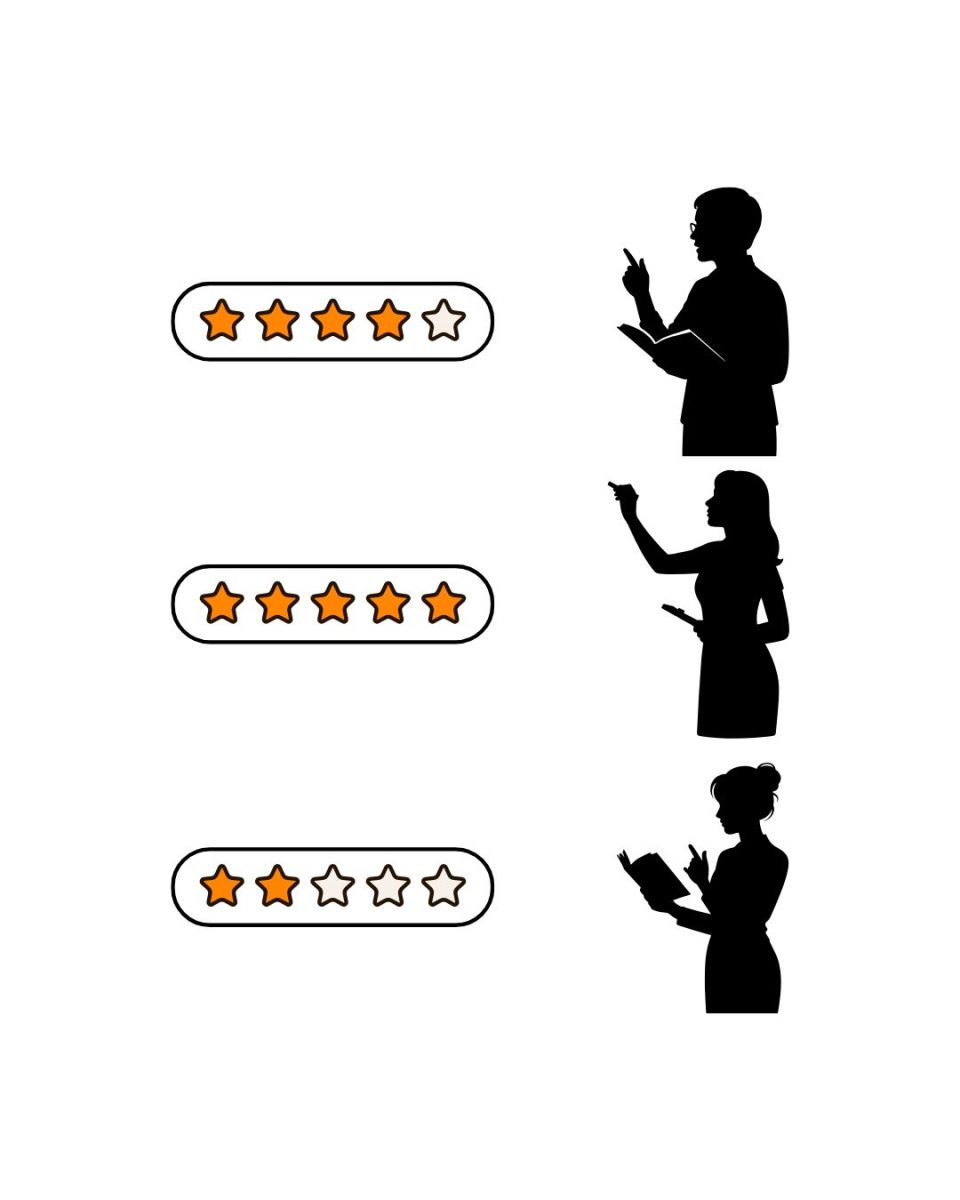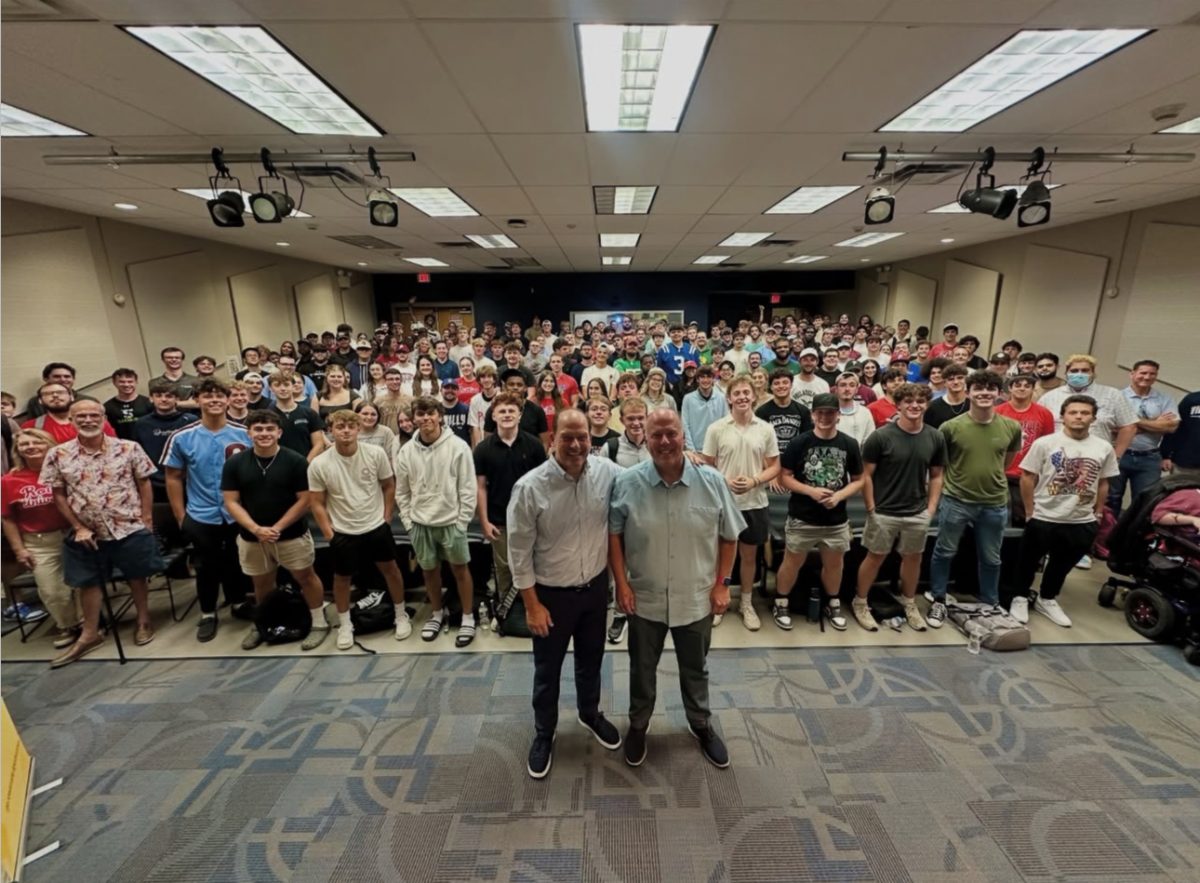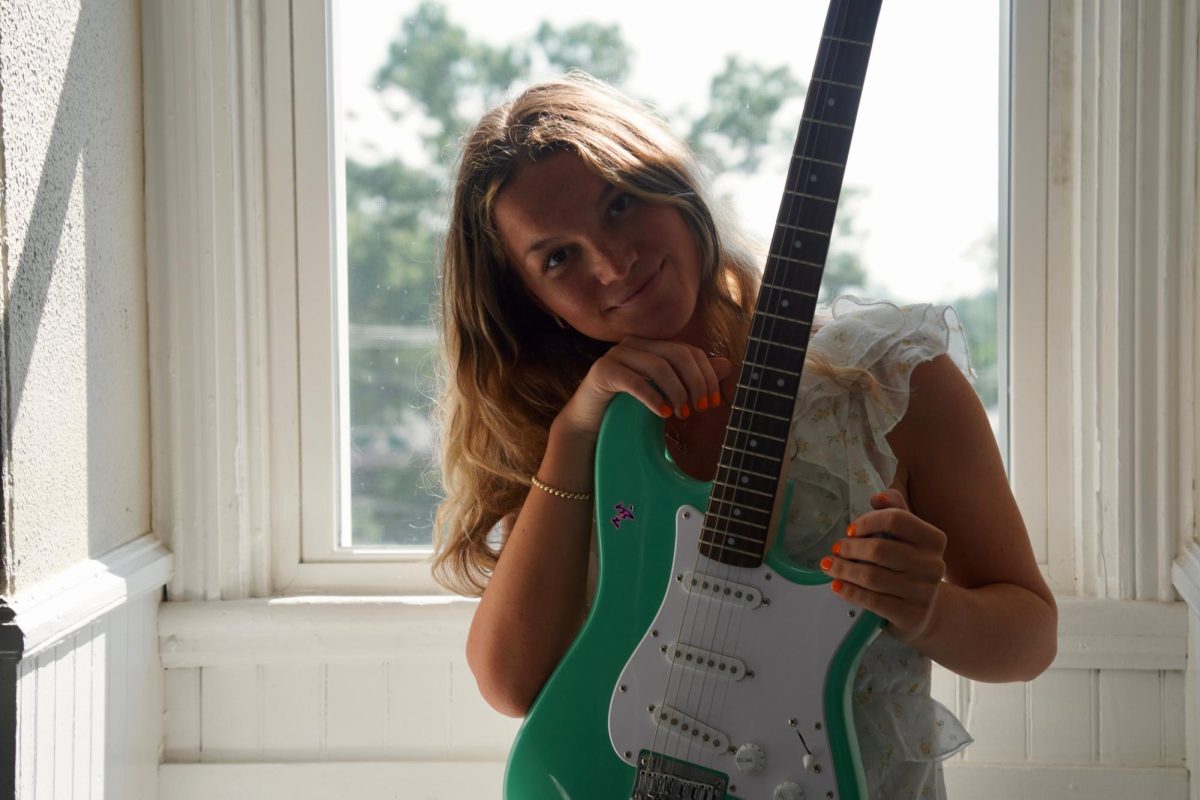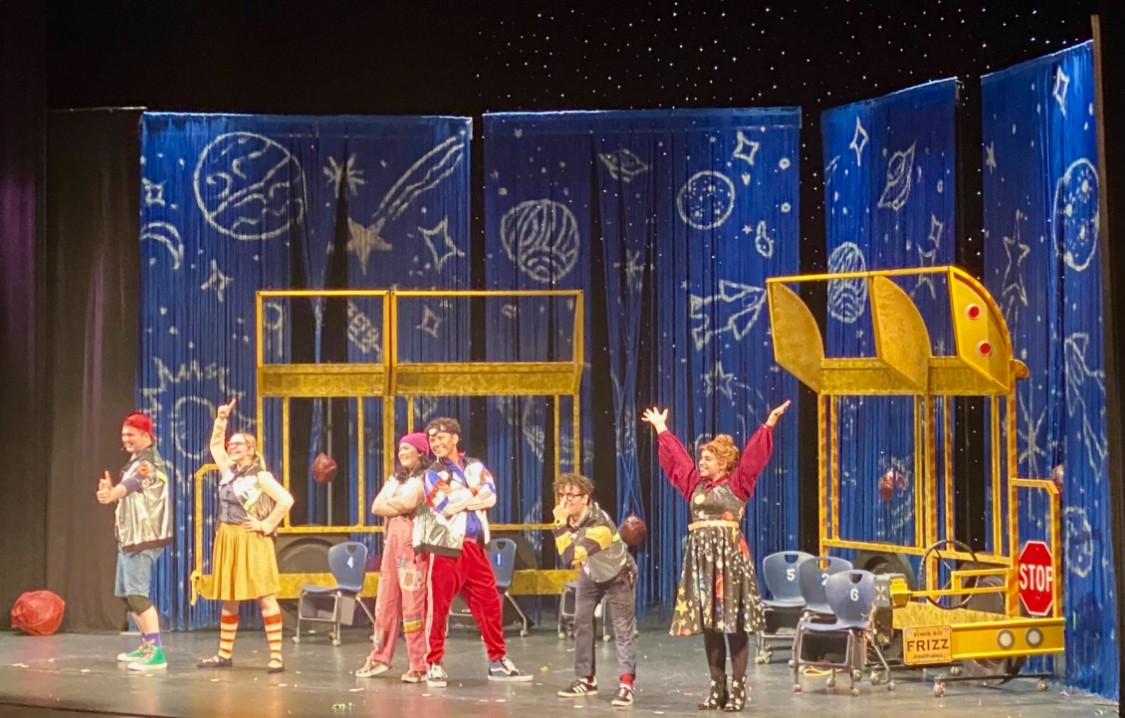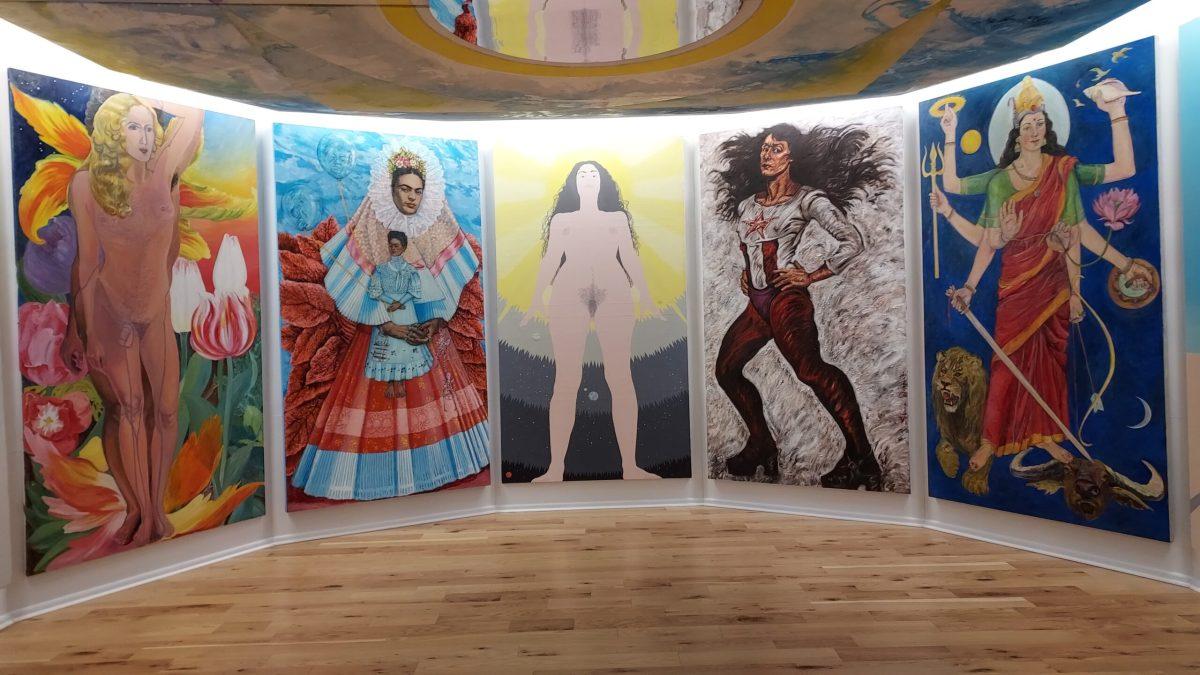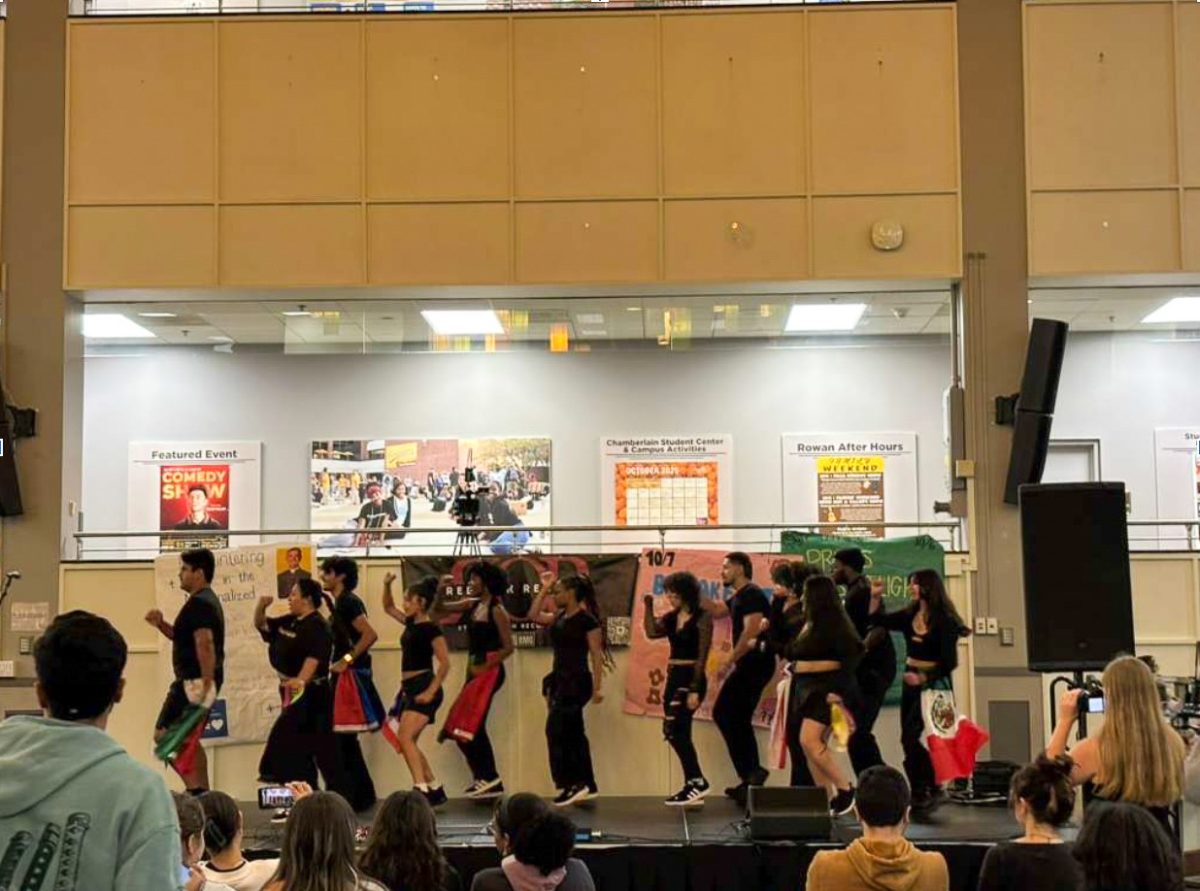The Center for Art and Social Engagement (CASE) is a new satellite component of the Rowan University Art Gallery, located on the ground floor of Westby Hall. In a recent interview, Mary Salvante, gallery director and chief curator for the Rowan Art Gallery discussed the purpose of the Center for Art and Social Engagement.
“We didn’t at first call it the Center for Art and Social Engagement,” Salvante said. “But as we sort of settled, we realized we wanted it to have a distinctive identity and programmatic mission that complimented the Rowan University Art Gallery.”
Salvante wanted to differentiate the work that was being shown at the main gallery from what would be shown at CASE and dedicated this space to investigating current or ongoing social issues through art-based methods.
In 2019, the Shirley Gorelick Foundation decided to give “The Sister Chapel” art installation to CASE. This created the first foundational exhibit for the center and showcases art from women artists from the 1970s to the 1980s.
“The Sister Chapel” was an idea brought about in 1974 by Ilise Greenstein, who wanted to embark on creating a powerful “Hall of Fame” to showcase women’s achievements but presented from the perspective of a female. Greenstein wanted the artwork to be an alternative to the patriarchal system shown in Michelangelo’s renowned ceiling fresco, “The Sistine Chapel.”
Within “The Sister Chapel,” several canvases shine a light on a diverse group of historical figures, deities and overachieving women. Greenstein’s ceiling piece is a mirrored centerpiece to remind whoever identifies themselves as a woman, that there is no limit to your own potential in this world or in this society.
It prompts viewers into a sense of admiration for this installation and provides them a feeling of empowerment while standing amongst the powerful women on the wall. For more information on the art and artists that make up “The Sister Chapel” collection visit the Rowan Art Gallery’s website.
“The Sister Chapel” is so much more than a showcase of specific influential women as it emphasizes how art can be used as a method for communication. It leaves an open door for interpretation to allow viewers to openly engage with what’s being shown and make personal connections to the work.
CASE also hopes to be an “extension of the classroom.” As such, it provides the Rowan community with the opportunity to take advantage of this space on an academic level as well.
It doesn’t matter what major a student or faculty member is. The artwork showcased within CASE is meant to be relatable to many people and encourages visitors to look beyond the artwork toward the world at large and apply the themes of the exhibits to the issues society faces.
“Like Rowan University Art Gallery, the Center for Art and Social Engagement has been very intentional about being diverse, inclusive, and accessible,” Salvante said.
The gallery understands its responsibility as an art unit to bring artists in that address the many complexities of social issues in the surrounding community.
CASE also tends to work closely with other entities on campus for various art projects. Last year, they conducted a collaborative event with the Center of Social Justice, Inclusion, and Conflict Resolution to host a small art installation centered around bringing awareness to domestic abuse violence amongst women.
Another collaborative event, held between the CASE and the College of Performing Arts, is a recurring event entitled “The Monumental Selfie Project.” This event occurs during the spring semester when the venue turns “The Sister Chapel” into “Sisters Speak.”
“Sisters Speak” is an immersive sound experience inside of the art installation. Each canvas comes to life with audio recordings written and performed by student actors here at Rowan speaking about influential women, and their own roles within the women’s rights movement. At the end of the walkthrough, visitors are given the opportunity to take a selfie with a canvas of their choice as a background and keep it as a keepsake.
The Center for Art and Social Engagement’s newest exhibit entitled “Gaia Theory” features artwork by Emily Erb.
“Erb embeds within the boundaries of a larger-than-life human form, navigational charts such as road, topography, and war campaign maps to represent the different facets of the human physiological system,” the gallery’s description reads. “Road maps become the nervous system, topographical maps become the circulatory system, and war maps become the lymphatic system.”
Gaia Theory exhibition is on view through Dec. 21, with an artist’s talk held on Oct. 20 at 4 p.m. in Westby Room 111. A reception will follow with the CASE gallery until 7 p.m.
For more information on the Center for Art and Social Engagement’s upcoming events and exhibits, be sure to visit their website and follow them on Instagram, @rowanartcase.
For questions/comments about this story email [email protected] or tweet @TheWhitOnline.



